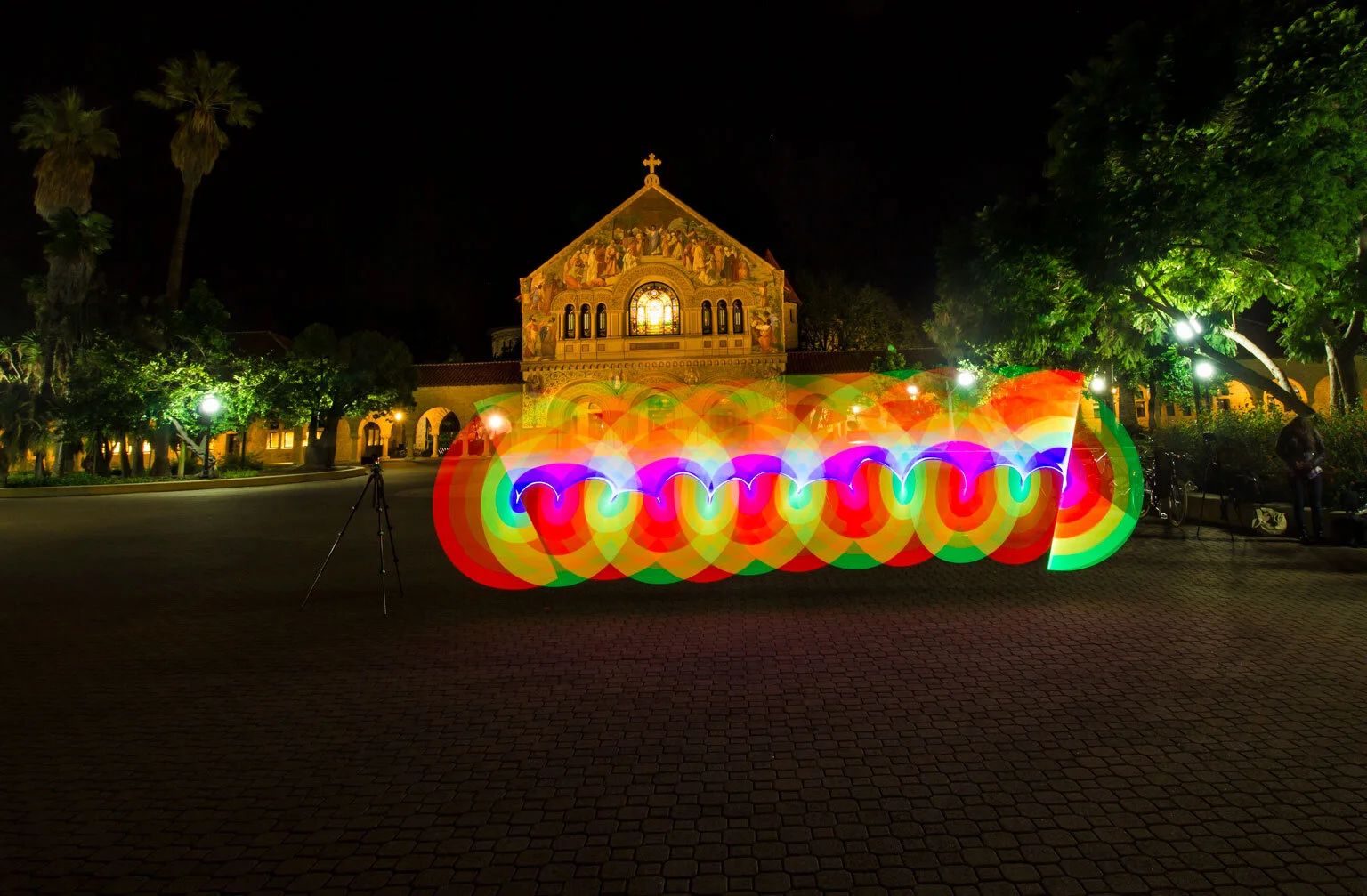See Park Butte Post for more background
Why I camp
It doesn’t really need to be stated, but overnight trips in the backcountry are remarkably different from day trips. For the normal day hike you pack just a few hundred calories to tide you over the gap between breakfast and dinner. You ask yourself: is it enough to bring just my phone for photography, or should I bring my camera as well? How many of the 10 essentials do I really need to bring? Maybe if you’re extra prepared you bring a change of clothes just in case the weather surprises you. Honestly, a 12 hour trip from 6 a.m. to 6 p.m. requires very little planning and gear, other than choosing where you’re going to go, but even a 12 hour trip from 6 p.m. to 6 a.m. is a whole different experience.
Unless you get dinner on the way in and breakfast on the way out, you normally plan for two hot meals which means extra food and fuel. You prepare for a lot more inactivity which means you have to bring extra layers to stay warm during the cold nights. And you have to bring some manner of shelter/separation from you and the elements both above and below to keep you comfortable. Oh, and if you’re going somewhere with good views and conducive weather, the full camera set-up (including tripod) is essential. Not only are you entering a long period of low light where if you want to take any pictures, long exposure shots are a must, you are also out in the wilderness during the two most beautiful times of the day—dawn and dusk—when even ordinary objects can appear extraordinary.
There may not have been any clouds, but the sunset was still spectacular
Now, by no means am I a golden hour snob. I believe that you can take incredible photos in the middle of the day, but it’s remarkably easier to find beauty when a blue sky is set aflame. And nights in the backcountry provide an amazing opportunity to spend as long of a time as you want in a single spot watching the changing light. You can go from midday to midnight just a few meters away from your tent without feeling like you actually need to get anywhere and that when you get to see the same landscape in every variation of light.
After returning from Park Butte and editing my photos in late February, I realized I had a series of 4 panoramas that showed roughly the same view (the Twin Sisters Range just west of Park Butte) in radically different lighting situations. I hadn’t actually planned a project around the Twin Sisters, but the snow buried peaks continued to capture my attention throughout my time at the lookout. And so I set to work seeing if I could create a composite "day to night" panorama using images that were neither aligned (for some of them I hadn’t even used a tripod) nor stitched together the same way in Photoshop.
I love seeing the dividing line of sunlight vs the shadow of the world as it creeps down the sky during blue hour
Day to night photography
Day to night photography is a relatively new style of photography that has emerged within the last few years lead by it’s main practitioner Stephen Wilkes. I first became acquainted with it through some of his work which has been featured in National Geographic images both in their printed stories and through their social media platforms. If you visit Wilkes Website: https://stephenwilkes.com/fine-art/day-to-night/ you can find dozens of examples of how this photographer “flattens” or “compresses” the fabric of time into a single plane.
Instead of a single image conveying a single second of the day, Wilkes shoots continuously for 24+ hours, photographing the scenes before him and stitching all the natural and human movement into a single image. As your eyes move across his canvases you see the transitions of a day from sunrise to long after sunset. If you’re interested in this concept and the process of creating these incredibly complex works of art, I would recommend watching Wilkes’s TED Talk from 2016.
I had neither the time, the patience, nor sufficient photographs to simulate one of Wilkes’ shoots, but that wouldn’t stop me from experimenting to see what I could create through photoshop. I had my 4 images taken at different positions and zooms and I wanted to create a purer image, where I showed the changing colors of the mountains, which for me is one of the main reasons I love to go backpacking.
Sunlight first strikes the range while my butte forms a pyramidal shadow
Into Photoshop
Even after using the Adobe Suite for 5 years, there are still many tips and tricks that I discover daily. I definitely know my way around Lightroom (LR) and Photoshop (PS), but there are many tools/filters that I have never used. In this case I already had my panoramas stitched together using the automatic photostitching function available through LR. Now I had to open and align them in (PS). If you leave your camera on a tripod, PS offers an auto-align function (Edit -> Auto align layers) which you can use when you open all the panoramas as layers in PS. I instead opened each pano as its own individual photo. Then I selected the entire canvas for each pano and copy/pasted it as a new layer with my sunset photo (the first photo in my series) as my backgound. This copy/pasting technique I have found gives me a little more freedom to manually align my images because easier to move them about the canvas.
A few hours after sunrise and you’ve still got some nice shadows and beautifully textured snow
To manually align images the best method I have found is to take them one at a time, change the opacity down to about 50% and manipulate your secondary layer (through resizing and rotation) to get the best alignment. Without too much photo manipulation you can usually get at least part of two images aligned. This was good enough for me because I was going to be splitting my canvas up into fourths and I only needed about 1/4 of the mountain range to be relatively aligned with the previous layer. This is definitely the most tedious process, but for four layers it didn’t take me much longer than 15 minutes or so.
PS mask gradients make this job relatively easy
Once your images are aligned most of the other steps are trivial. The biggest question that remains is how quickly you want the transition to occur between two photos. In order to perform the transition, added a mask to each layer and then made a black to white gradient. You want the gradient to happen smoothly enough that the transition from one image to the next is not too abrupt, but you also want to make sure you don’t have too much overlap of the two images because then you start to get ghosting if your images aren’t perfectly aligned. I had to do minimal masking clean-up around some of the more questionable mountain peaks, but otherwise I was done. The final photoshop layer set-up is pictured above.
Zoom on some of the ghosting issues that could be easily fixed
Thoughts
It’s quite stunning to see how much the lighting changes aspects of the mountain. It’s somewhat of a false comparison because I obviously used different shutter speeds, but our eyes adjust for different brightnesses as well so it’s not as false at it seems. This was honestly not that complicated of a task and took me probably about an hour which included all the LR adjustments. Probably could get the whole project down to 20 or 30 minutes depending on how fast my laptop is feeling on a certain day and thus it definitely seems worth it to try again on different landscapes (and hopefully with more tripod stability).





